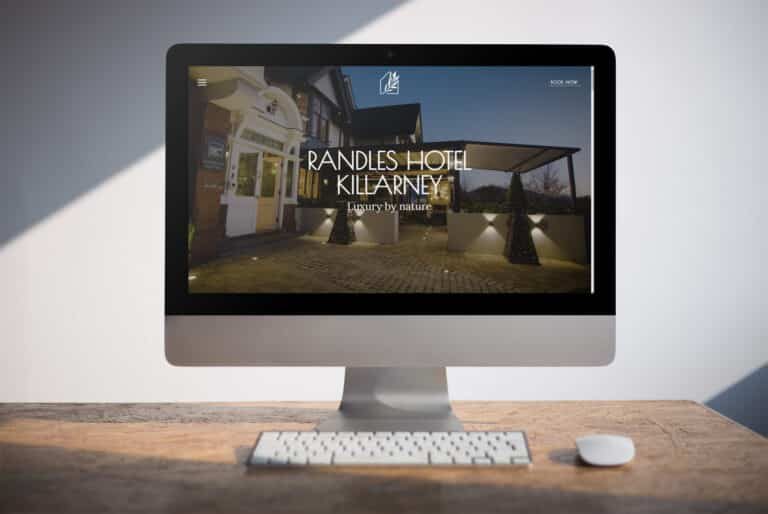A brand personality is a set of human personality traits and emotional characteristics that consumers associate with your business. Often your brand personality mirrors that of your target customer and helps them feel connected to your brand. This could be anything from analytical and reserved to quirky and creative.
Let’s not confuse brand personality with brand identity. Personality is the emotional and human association to a brand. Identity is the image created and used by a company to relate to their consumers and is communicated through visual language such as logos, colors, fonts and tag lines. That said, the two are symbiotic and should reflect the same message consistently across all your communications including:
- Website text
- Blogs
- Ad text
- Social media
- Remarketing banners
- Offline marketing materials
BENEFITS OF A BRAND PERSONALITY
So how do your customers currently perceive your business? Are you formal or fun, conservative or open-minded, younger or older, down to earth or pretentious?
A brand personality can provide the basis for a client relationship and can drive loyalty. It can also provide a point of differentiation as no two personalities are ever the same!
5 STEPS TO DEFINE YOUR BRAND’S PERSONALITY
1. GATHER FEEDBACK
Talk to your customers and team members to get their feedback. Maybe you could send out a survey asking what people value about your business and why they like working with you.
2. PERSONALITY TRAITS
Review the feedback with the key people in your business and consider a list of personality traits that describe your business. When choosing your traits, think of your customers’ needs and think of people who you aspire to be like and can emulate. What are your customers looking for when they come to your business? Are they looking for a creative or an analytical skill set?
It may be a bit of a cliché but if your brand was a person, what would they be like? Here at Sprint Digital, we’ve chosen 4 traits: Entrepreneurial, Down to earth, Switched on and Hard working. We believe these reflect our creative side, but also the fact that we are approachable, friendly, forward thinking and committed to getting the job done.
3. COMPANY VALUES
What’s important to you? These values should support your company’s vision and help shape its culture. They should help in your decision making. For example, if one of your values is to embrace sustainability, then you must use lead by example and ensure your entire workforce are embracing a green agenda. We suggest you pick between 5 and 7 core values.
4. TONE OF VOICE
Once you’ve agreed on your brand’s traits and values, they should feed into your tone of voice. While your personality will remain the same, your tone of voice will change depending on your environment. Consider a client meeting versus a client social event. While your personality remains the same, your tone of voice will be different when negotiating a contract versus having a glass of wine at a company barbecue.
5. DOCUMENT AND SHARE!
Once you’ve agreed your brand personality, you should document it in a brand bible alongside your visual identity guidelines. You must share it with your team, your clients, your suppliers. It should be a living part of your business. Add it to your employee handbooks and ensure it’s referred to at team meetings and company events. It should form the basis for all of your communications and referred to whenever you are sitting on the fence about an important business decision.
Another thing to note! If you’ve always had a formal, business-like approach and have introduced some more informal traits and values, then your visual language should reflect that and you may need to update your brand identity too.





